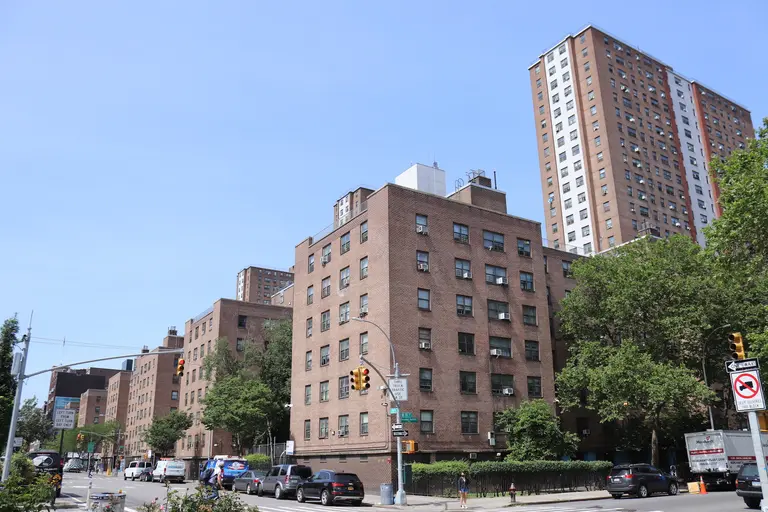Thousands of Lower Manhattan tenants may be owed six years’ worth of back rent

Via Flickr
In June, the state’s Court of Appeals found that apartments at two Lower Manhattan buildings had been unlawfully deregulated by landlords who had collected millions of dollars in benefits under a 1995 tax program. Now, as The City reports, thousands of former or current tenants in the area may be owed up to six years in back rent from landlords who received the tax breaks for years.
The court’s June ruling put an end to the lengthy battle between renters in two Lower Manhattan buildings, at 50 Murray Street and 90 West Street, and two landlord groups. The court found that because Clipper Equity and Kibel Companies received a 421-g tax break at 50 Murray Street and 90 West Street, respectively, the units in their buildings should have been rent-stabilized.
The tax abatement was created in 1995 to incentivize developers to convert Lower Manhattan office buildings into apartments. According to The City, the 421-g bill was approved by the State Senate after a letter from former Mayor Rudy Giuliani suggested the program cap units at $2,000 per month.
Units with rents at $2,000 or more per month before officials passed the law would not be subject to regulation moving forward. According to a 2016 report from ProPublica, 75 percent of units eligible for 421-g tax breaks had rents set higher than $2,000 per month.
The recent ruling allows for current and former tenants in affected Lower Manhattan buildings to seek up to six years worth of back rent. By analyzing Department of Finance records, The City found that at least 39 buildings, with a total of 6,088 units, received the 421-g tax break between 1995 and 2006, the year the program expired.
According to Serge Joseph, a lawyer who has represented tenants involved in 421-g cases, the court’s June ruling says that any former or current tenant who lived in buildings when their landlord received a tax break through the 1995 program should have had a rent-regulated lease.
To figure out what tenants are owed, the Court of Appeals said it should be based on the cost of the lowest rent-stabilized apartment in the building when the tenant moved in. If no units had been registered as rent-stabilized, the rent would then be determined by state data of rent-stabilized units in the neighborhood.
An attorney for 50 Murrary Street Ascquisition LLC filed a motion to reargue the case before the Court of Appeals.
[Via THE CITY]
RELATED:




























